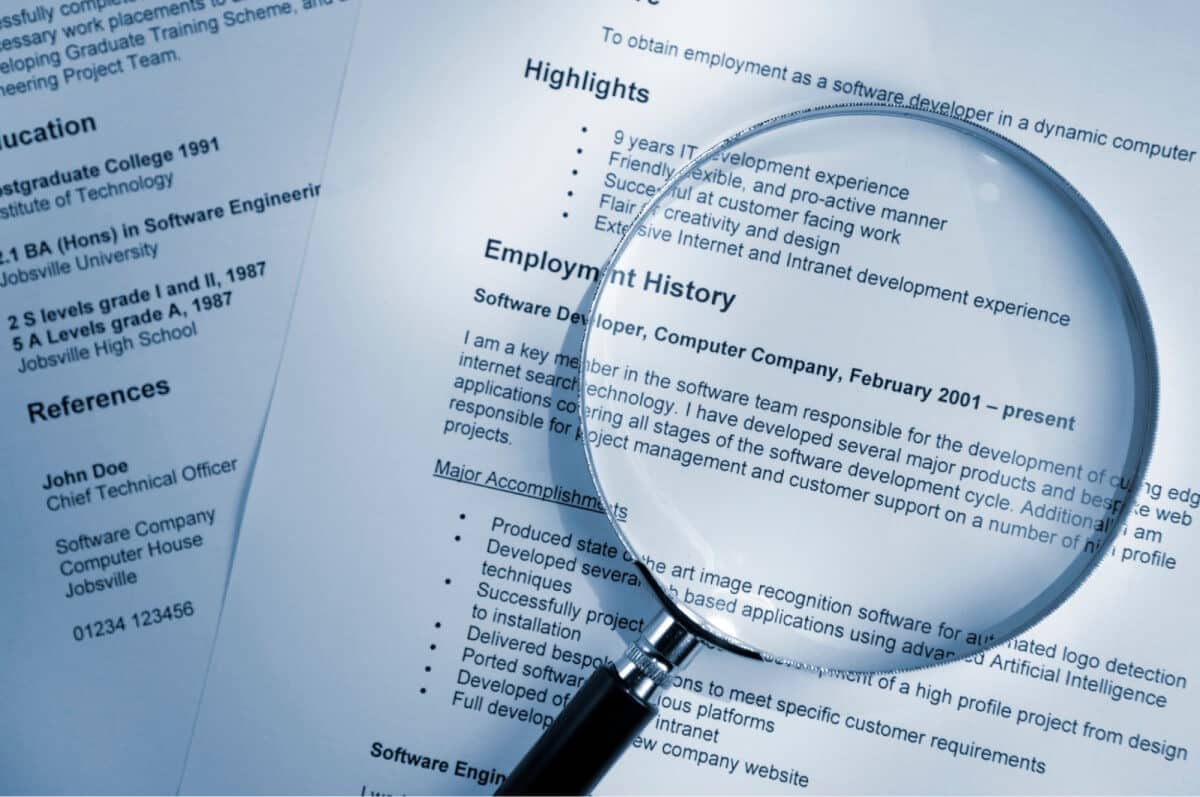Unconscious Bias, or implicit bias, is often defined as prejudice of unsupported judgements in favour of or against one thing, person, or group as compared to another in a way that is usually considered unfair.Many researchers suggest the unconscious bias occurs automatically as the brain makes quick judgements based on past experiences and background. In terms of recruitment, unconscious bias can have a huge impact on which applications are brought forward for interview and which interviews become successful hires.
According to a 2017 Harvard study, when looking for employment only 11.5% of job applicants of Asian descent received callbacks when their resumes included references to ethnicity or race, such as a name that did not seem white and American. However, when applicants from an ethnic background remove references to their race in resumes and job applications, 25% of Black candidates received callbacks from their whitened resumes while 21% of Asian candidates received calls if they used whitened resumes, even though the qualifications listed were identical.
The benefits of eliminating unconscious bias
All organizations should be striving to eliminate unconscious bias from their recruitment process. Even if you’re not striving to eliminate unconscious bias for the obvious moral reasons, diverse companies on average enjoy 2.3 times higher cash flow per employee and are much more likely to capture new markets. Equally, diverse teams are 87% better at making decisions. It’s also worth noting that in the US millennials are 16% more diverse than baby boomers, a metric mirrored in a lot of the western world, and the millennial group is set to make up 75% of the workforce by 2025.
Eliminating unconscious bias is challenging, the first step towards doing it is to acknowledge that you have unconscious bias. You’re not colour blind, you don’t treat all people the same, you do have unconscious bias directed towards different people. It would be impossible not to, we all grow up in communities that look a lot like us and we all naturally favour people that mirror those characteristics. Once you’ve acknowledged that you do indeed have unconscious bias, your next step is to put protections into your recruitment process to guard against your own bias.
Mitigating bias in recruitment
One of the best ways to mitigate unconscious bias starts with your Applicant Tracking System. Work with your provider to create blindness in your process by concealing names and concealing education. Let the qualifications and education speak for themselves. Don’t allow street names, the names of educational institutes, or the very name of the candidate themselves bias you away from the best talent in your candidate pool.
Of course, that still leaves bias in your overall interview process when you actually visually meet your candidates. At this point, it’s time to review your interviewing panel who are essentially the gatekeepers to your organization. Are they uniform in appearance, class, gender, or sexuality? If so, it might be time to try and drive more diversity into your talent team itself. As well as this, you need to diversify your overall hiring panel. A more diverse panel gives a diverse candidate pool the greatest chance of avoiding the pitfalls of your unconscious bias.
Diversity and sensitivity training
The final best practice approach for mitigating unconscious bias from your recruitment process is to engage with professional organizations. Consultants can train your team on diversity and sensitivity and this training will bleed into all aspects of your organization. This training will also ensure that your existing diverse workforce feels valued in their workplace by allowing them to bring their whole and authentic selves to work. A more tolerant and diverse workforce will naturally mitigate unconscious bias and increase the diversity of your talent pipeline. A useful tool to avail of is the IDI cross-cultural assessment of intercultural competence. This tool will allow you to measure where your team is in regards to intercultural competence, cultural intelligence, global effectiveness, and cross-cultural adaption. Knowing where your people stand in regards to these competencies will help you establish the work that you need to do to mitigate unconscious bias among your team and move to a place of equity in your employee lifecycle.
Next Steps
The road towards equity, diversity, and eliminating unconscious bias within an organization is a long one. Work with your people to build a more diverse work environment that is thriving and supported by a diverse pipeline of talent. The best time to start this work was years ago, the second-best time is right now.
If you’d like to learn more about how you can manage unconscious bias in your own recruitment campaigns please do reach out to us here and one of our recruitment specialists would be happy to answer any questions you might have.
To make sure that you don’t miss an episode of The Talent Scout, sign up below.





